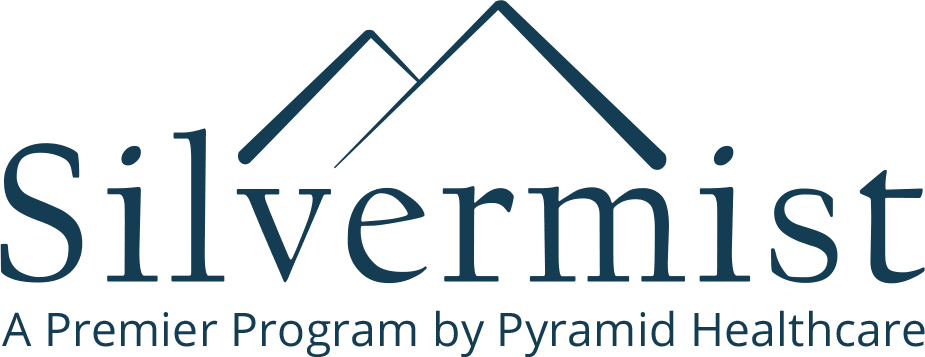
Over the past number of years, the number of doctors prescribing prescription pain medication grew significantly. While this undeniably benefited people who had to undergo serious, potentially painful surgeries or were recovering from significant injuries, it also led to increased accessibility to these potentially addictive drugs.
Because an opioid is prescribed by a doctor, it can lead to a misinformed belief that these drugs are good for us — and while they may have benefits in certain situations, they can also have serious consequences when used inappropriately.
Therefore, when prescribed an opioid medication, it’s important to not only understand the risks but now how to properly manage painkillers to prevent addiction.
What is a painkiller addiction?
Painkiller addiction is now mostly referred to as an opioid use disorder (OUD) as the pain meds most likely to cause addiction are all opium-based. An opioid use disorder can occur when someone begins using prescription medications in a way that was not intended by the prescribing doctor.
Some of the most common opioid prescription medications include:
- Codeine
- Fentenyl (Duragesic®)
- Hydrocodone (Vicodin®)
- Demerol®
- Methadone
- Morphine
- Oxycodone (Percocet®, Percodan® and OxyContin®)
All of these drugs are classified, or Scheduled, by the DEA on a scale of I to V based on a number of factors, including their medical applications and their potential for abuse. Most of the opioid prescription drugs are classified as Schedule II drugs, that is, “drugs, substances, or chemicals … with a high potential for abuse, with use potentially leading to severe psychological or physical dependence. These drugs are also considered dangerous.”
From this categorization, you can easily conclude that many of the common prescription medications are not only dangerous but potentially very addicting.
Signs of painkiller addiction
Not everyone who is prescribed an opioid is going to be at risk for addiction as numerous factors play into whether or not an individual will develop addictive behaviors. However, in order to best prevent any form of dependence from occurring, it’s important to know the signs of painkiller addiction so you can intervene quickly if needed.
Some of the more common signs of painkiller addiction include:
- Ingesting a higher dose/more pills than what was originally prescribed
- Using the pills in a way not medically intended (i.e. crushing them to smoke or snort)
- Obtaining multiple pain medication prescriptions from, potentially, multiple doctors
- Noticing a negative impact the drug use is having on your life, but continuing to use anyways
- Not being able to stop using prescription meds without experiencing withdrawal symptoms/not being able to stop use on your own
- Withdrawing from friends, family or a previously enjoyed social life as a result of using painkillers
- Noticing a negative impact on your work or school attendance and/or quality
These and other symptoms of addiction may be present if your body has been compromised by the use of prescription medication.
Painkiller management
Even though the risk of developing an addiction to — or at least dependence on — painkillers is present when prescribed one, it is not guaranteed to occur. If you undergo invasive surgery or suffer from a severe injury and are given an opioid prescription, don’t panic. There are plenty of ways you can expertly manage your prescription and significantly reduce the risk of addiction.
- Keep a chart of what medication you need to be taking and when, and mark down when you took it — this will prevent any confusion or accidental double-dosing, especially if you’re taking more than on med at a time
- Invest in a pill box with labeled days — this will allow you to plan out your medication regimen ahead of time and keep you from losing track of days
- Talk with your doctor or pharmacist — they will be able to answer any questions you have about the drug, the dosage and the side effects you may experience, as well as any negative interactions it may have with other drugs/meds
- Don’t make changes on your own — you can increase your risk of addiction if you increase any dosages on your own or even stop taking your medication suddenly, so always check with your prescribing doctor if you believe you’re on the wrong dosage (especially if you believe the dosage is potentially too high)
- Get all your prescriptions from one place — pharmacy hopping can cause a lot of problems and confusion while managing painkillers, so make sure you go to the same place every time to get your prescriptions filled
- Never take anyone else’s prescription — even if they offer it, taking someone else’s prescription can disrupt your own medication routine, not to mention the fact that it might not be the right med at all anyways
When it comes to taking opioid pain medications, prevention is key. The sooner you have a proper pain medication regimen set up for yourself, the more accountable you are and the less likely you will be to sway from that schedule.
Facing painkiller addiction
The opioid crisis is a real problem, with so many opioid prescriptions being dosed out without a significant need. If you are prescribed an opioid prescription and feel it was prescribed inappropriately, talk with your doctor.
If you feel as though you may be struggling with painkiller addiction, help is available. Reach out to Silvermist Recovery today by contacting us here or calling our offices at 724-268-4858 to learn more.
